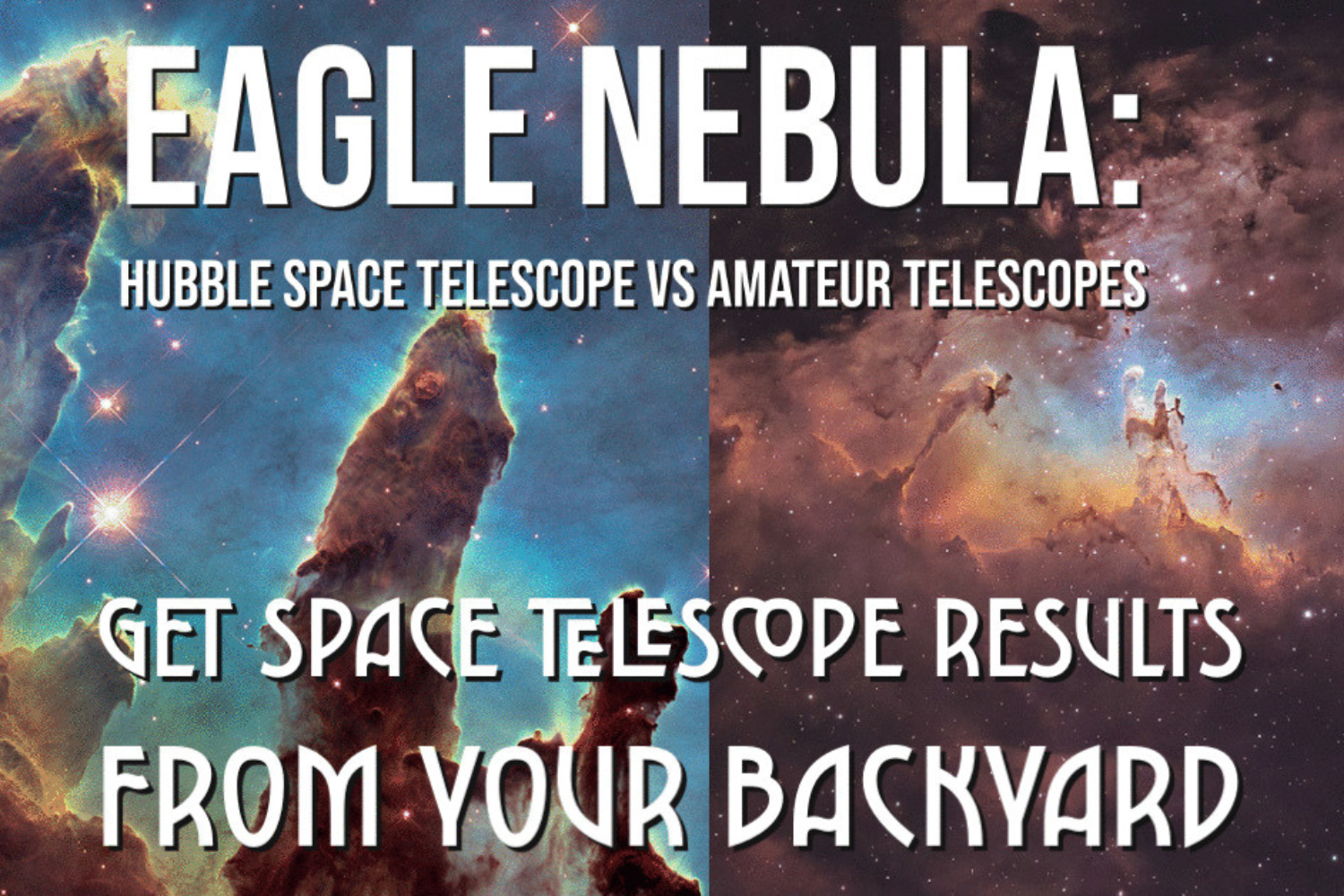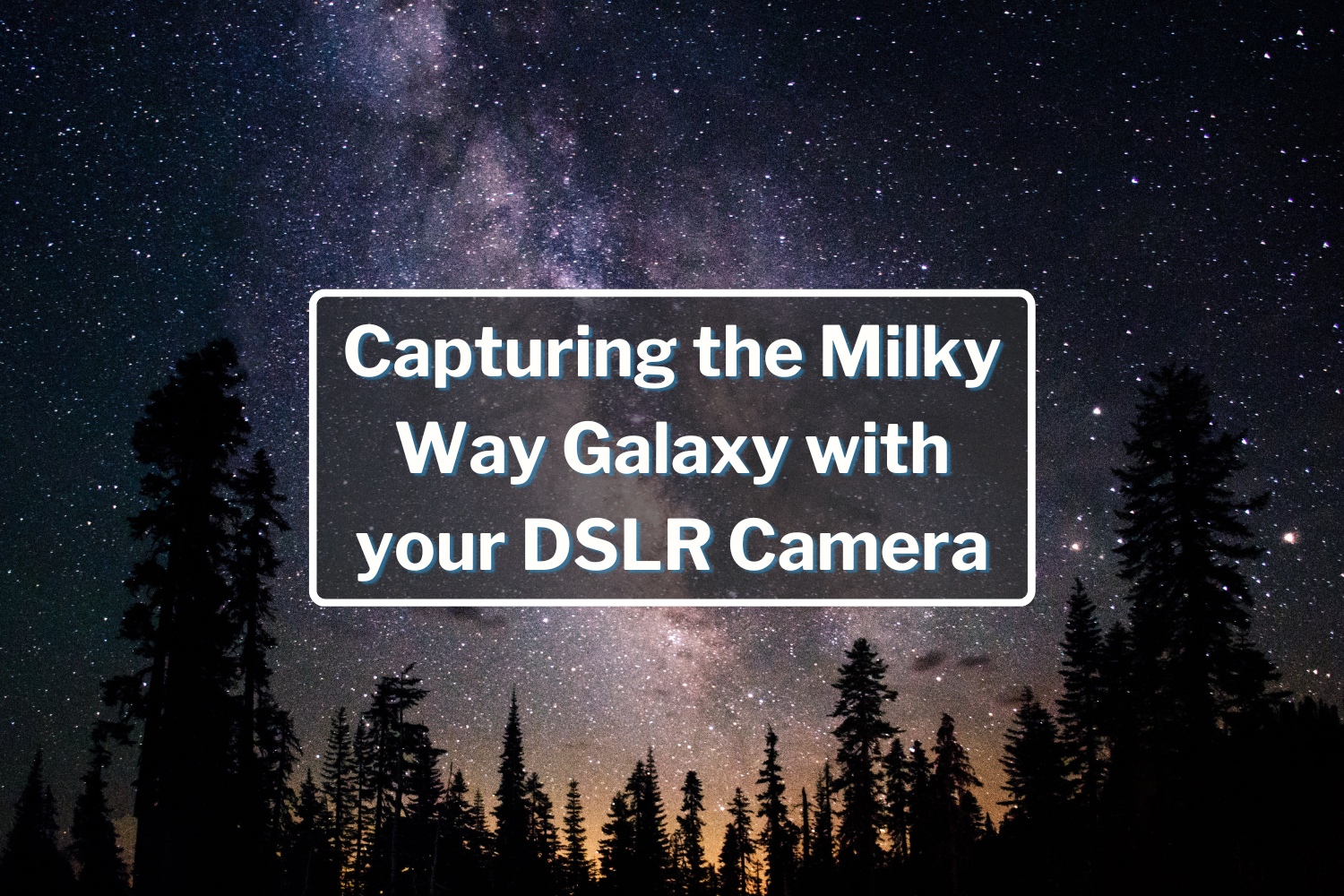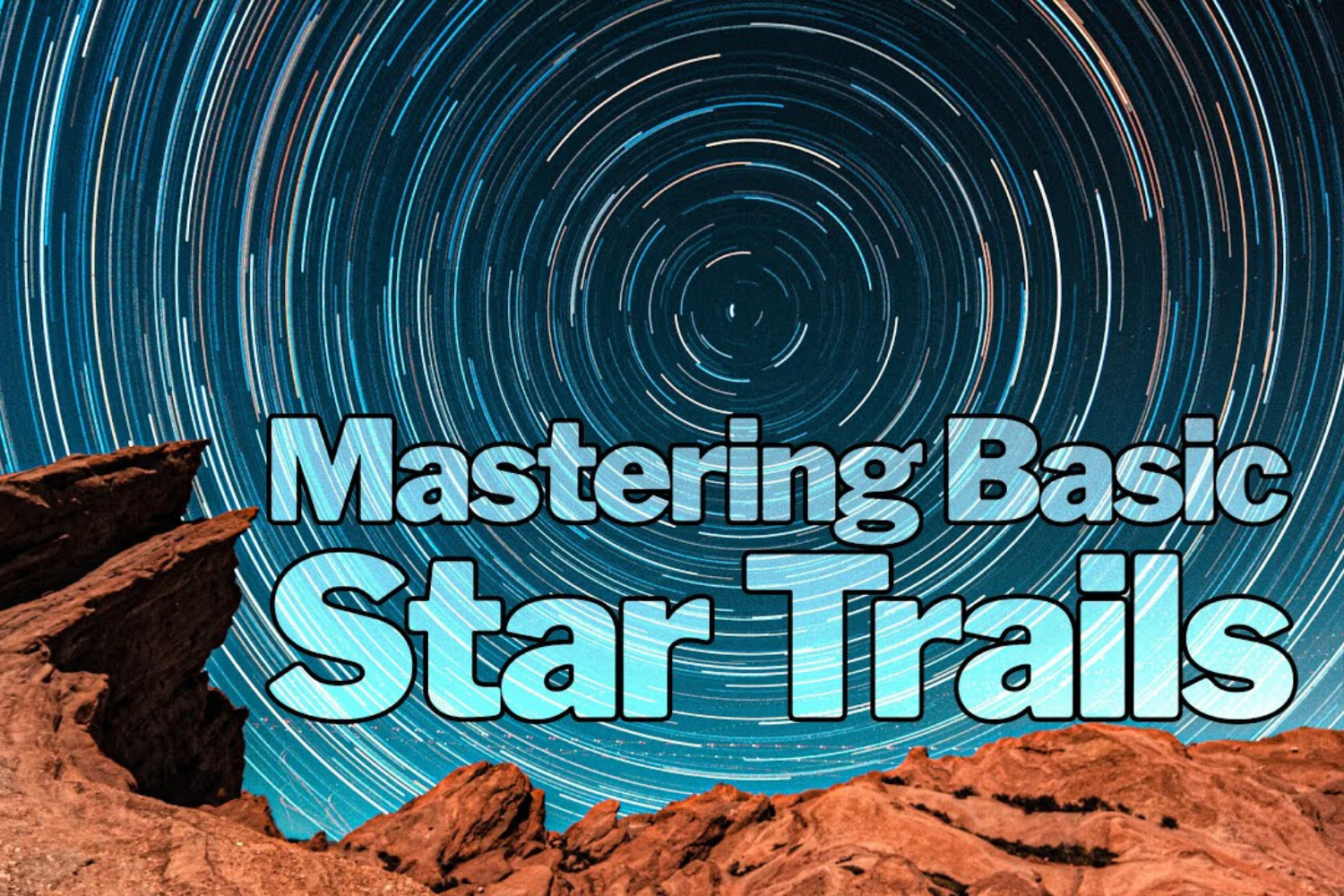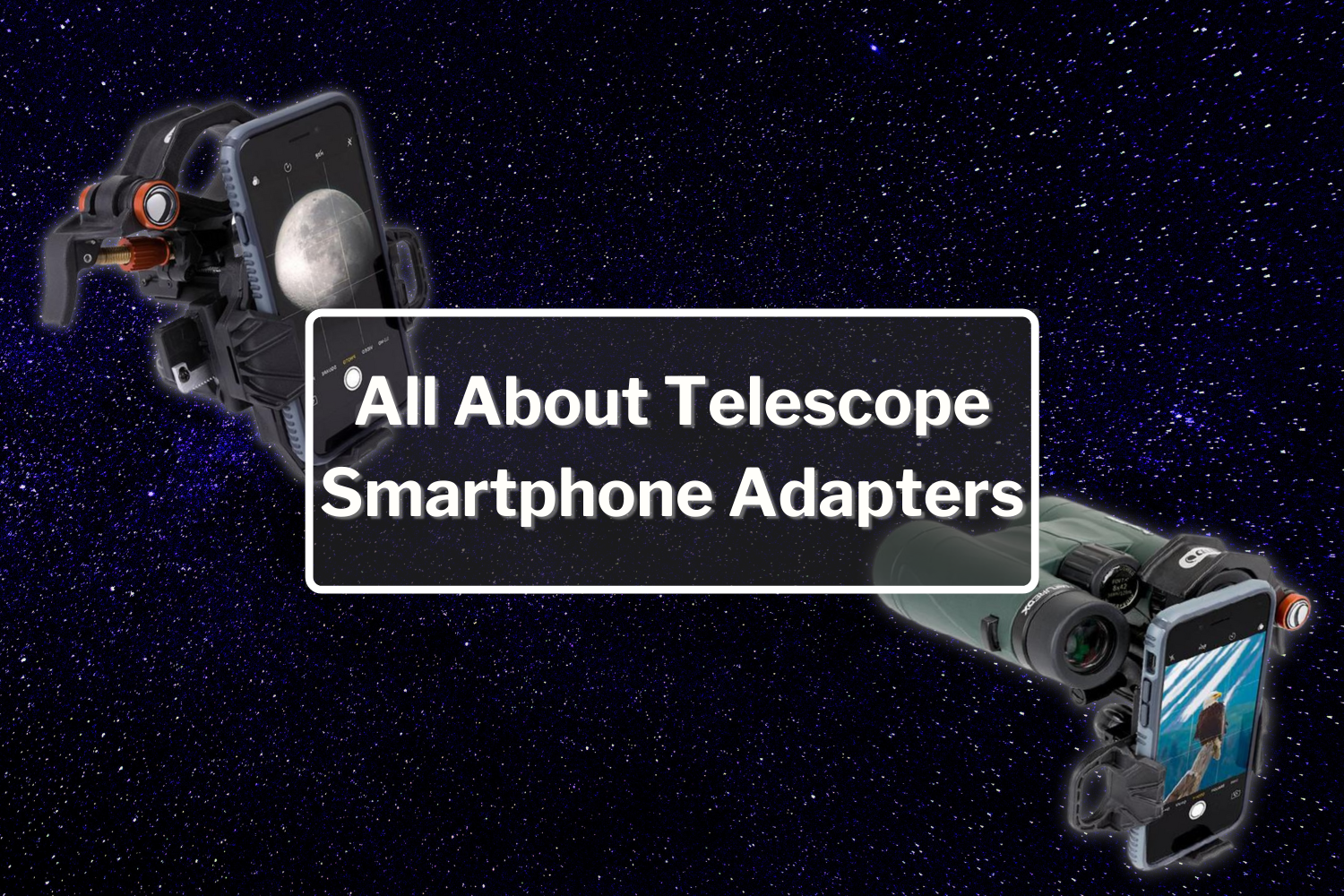How to Choose the Best Telescope Camera
Choosing the best telescope camera can be difficult with so many options. This guide will give you a better understanding the best types of telescope cameras as well as top recommendations selected from industry experts.
Once you understand each of these cameras' specialties, you'll be able to make a better decision on which telescope camera will best suit your needs!
Types of Telescope Cameras
- Planetary & Solar Cameras.
- Deep Space Cameras.
- Guide Cameras.
- Specialty Cameras.
- CCD Cameras.
- CMOS Cameras.
- Astronomy Video Cameras.
Best Types of Planetary & Solar Telescope Cameras
There are a large number of telescope cameras that are best suited for planetary and solar imaging. These cameras excel at capturing detailed images of targets like the red spot on Jupiter or the Rings of Saturn when used with the correct telescope and accessories. Many of these cameras are also well suited to use with solar filters and can capture high-quality images of the Sun when used appropriately. Planetary imaging is a great place to start for those interested in moving from observation to imaging, and these telescopes cameras are sure to help.
Recommended:
QHY 5-III 178 Color CMOS Telescope Camera
The QHY 5-III 178 telescope camera is very compact, high speed, and boasts the highest resolution of the QHY5-III USB3 Series of CMOS sensor cameras, making it a top-notch planetary and solar imaging camera.
ZWO ASI 224 Color CMOS Telescope Camera
An excellent color planetary imaging camera, the ZWO ASI 224 Color CMOS camera features a high sensitivity in NIR (Near Infrared) and the possibility for high frame rates, making this CMOS camera an excellent choice for planetary imagers who want nothing but the highest quality.
Best Types of Deep Space Telescope Cameras
Deep space telescope cameras are exceptionally well suited for capturing images from the deepest and darkest reaches of space. These imaging cameras are great for capturing nebulae and galaxies in the immortality of astrophotography, letting you capture some of the most breathtaking sights in the night sky to enjoy forever. Designed for extremely long exposure times and with a powerful cooling system, capture the perfect image with no need to rush.
Recommended:
ZWO ASI 071 Pro Cooled Color CMOS Telescope Camera
The ZWO ASI 071 Pro Cooled CMOS camera is a one-shot color camera that features effective cooling, a highly sensitive Sony sensor. It produces vivid images while maintaining very low read noise.
QHY 367 Cooled CMOS Telescope Camera
The QHY 367C CMOS Color Astronomy Camera gathers spectacular amounts of light from deep space objects in high-definition! With a full-frame of 36 x 24 mm, cooled 36.4 megapixels, 14-bit color CMOS Sony IMX094 sensor, and a dynamic range of more than 14 stops, easily capture breathtaking astro-images!
Best Types of Guide Telescope Cameras
There are specialized telescope cameras for guiding that can help your overall astronomy accuracy and act as a support when you are imaging with another camera. They're also called support units for your main camera and help everything else run smoothly. They help guide your mount, which helps your camera and telescope track your target.
Recommended:
ZWO ASI 120 MINI Monochrome CMOS Telescope Camera
The ZWO ASI 120 Mini Monochrome CMOS Telescope camera qualifies as a powerhouse, despite its small size. This very desirable monochrome guide camera is well suited for planetary imaging while also acting as a great guider to amplify the usefulness of other astronomy equipment.
Starlight Xpress Lodestar X2 Autoguider
The Starlight Xpress Lodestar X2 Autoguider is one of the most popular guide cameras. It features a large imaging area, giving you a wide field of view to find a suitable guide star, in addition to high sensitivity and incredibly low read noise.

Best Types of Specialty Telescope Cameras
Some telescope cameras are heavily specialized and perform specific functions. Specialty cameras can range from Astronomy Video Cameras to Polar Alignment tools to things like 'All-Sky' cameras, which show an extreme wide field of view. These cameras are great for getting the job done when you need something out of the ordinary and are some of the more interesting and unique cameras we stock.
Recommended:
QHY PoleMaster EQ Mount Polar Alignment Camera
The easy-to-install QHY PoleMaster EQ Mount Polar Alignment camera offers speed, convenience, and high accuracy to achieve optimal polar alignment for your equatorial mount. Several mount adapters are available for attaching the camera to your EQ mount. In addition to monitoring your polar alignment in real-time, its wide-angle view makes it very easy to locate the pole star.
StarLight Xpress Oculus All-Sky Camera w/ 150 Degree Fish Eye Lens
The compact and weatherproof Starlight Xpress Oculus All-Sky camera offers a high-quality, low-noise image while maintaining a remarkably low power consumption. This camera is perfect for imaging meteor showers, viewing weather conditions at a remote observatory, and imaging the night sky spectacularly.
Best Types of CCD Telescope Cameras
CCD telescope cameras are capable of the most outstanding possible astrophotography image quality. Unlike traditional cameras, the CCD camera uses a small, rectangular chip of silicon called aCharge-Coupled Device to gather and record incoming light instead of film. The silicon chip is a solid-state electronic component comprised of light-sensitive cells called photo-sites. Each photo-site is one pixel. Just one tiny area in a photograph can contain hundreds of thousands of pixels.
When incoming light strikes the photo-site, the photoelectric effect creates and builds an electron charge for as long as exposure occurs. The electrons are then "stored" in their cells until the analog-to-digital converter unloads the array, counts the electrons, and reassembles them into the "big picture" that gets sent to your computer. These traits make them incredible for high-resolution imaging and photography, but it also means that you will need to use a computer to process your images. Specialized software is available for processing your CCD images, and can be provided alongside your camera purchase if you are interested.
Recommended:
The SBIG STXL-16200 CCD camera exceeds expectations of what a CCD camera should do. With a 16 megapixel CCD sensor, 6-micron pixels, and a list of top-tier features, this camera has a high-performance platform supporting a large sensor that yields high-quality images.
QHY 8L Cooled Color CCD Telescope Camera
The affordable QHY 8L Cooled Color CCD Camera is ideal for those who want to get started in astrophotography. Its surprisingly large sensor yields high-resolution images, while an efficient cooling system allows for long, low-noise exposures.
Best Types of CMOS Telescope Cameras
CMOS telescope cameras are very similar to CCD cameras but have certain fundamental differences in design that drastically affect them and establish firm and predictable differences between the two kinds of cameras. A CMOS sensor is the alternative to a CCD sensor when it comes to astrophotography. CMOS image sensors can incorporate other circuits on the same chip, eliminating the many separate chips required for a CCD. CMOS image sensors allow additional on-chip features, increasing the efficiency of manufacture and thus lower the sensor's cost.
Recommended:
ZWO ASI 294 Pro Cooled Color CMOS Telescope Camera
The ZWO ASI 294 Pro has set a new standard of excellence in the world of astrophotography. Whether you are interested in deep space, lunar, planetary, or solar imaging, this camera is versatile enough to handle it all. The sensor featured in this camera has exceptional light gathering efficiency, low read noise, and yields beautiful, high-resolution images.
QHY 128 Cooled Color CMOS Telescope Camera
The QHY 128 Cooled Color CMOS Camera's high dynamic range, low read noise, and ultra-high sensor performance produces high-quality deep space images of nebulae, star clusters, and galaxies. This camera also yields true and completely RAW images, bypassing noise reduction and hot pixel removal, and produces images comprised of the original signal only, maintaining maximum flexibility for post-processing.
Best Types of Astronomy Video Telescope Cameras
Consider an astronomy video telescope camera if you'd like to have even more fun with your telescope! These awesome tools can broadcast real-time images of deep space objects to a monitor and function as cameras. You could teach a class while watching globular cluster resolve on screen or share the views of Saturn during an outreach program. Perhaps you might like to make a film of a shadow transit on Jupiter or record the day's solar activity. Maybe you'd like to record motion pictures of comets or record a lunar eclipse. The possibilities are endless!
Planetary cameras and digital imagers are an excellent, low-cost way of introducing yourself to astrophotography. These fascinating tools can be as easy to use as inserting the eyepiece camera into the telescope and turning on the screen! Broadcasting live images is one of the coolest ways to share your hobby with others in an easy, accessible way and can produce truly breathtaking views that are, by their nature, preserved for others to share.
Recommended:
ATIK Horizon Color CMOS Telescope Camera
The ATIK Horizon Color CMOS camera features a sensitive, 16 MP sensor at a competitive price point. This camera is known for its exceptionally low-noise electronics. It is an excellent option if you're looking to upgrade from a DSLR or have a system that would benefit from shorter exposure times. Featuring live YouTube broadcasting integration and continuous stacking software, this camera will take your video astronomy capabilities to a whole new level.
Starlight Xpress Ultrastar Mini CCD Color Telescope Camera
The low internal noise and ease of use of the Starlight Xpress Ultrastar Mini CCD camera make it an exceptional choice for the beginner astrophotographer. Another unique feature is its ability to stack images while shooting and can provide a build-as-you-go imaging experience!
Contact usif you need more help selecting the best camera for your astronomy needs. We're happy to provide expert tips and answer any questions you may have!
2 Responses
william sumrall
i have a 8SE an would like to view objects on my ASUS laptop, not really looking to image. what would you recommend

































Matt
October 12, 2023
So apparently, I need to buy a laptop to use a telescope camera.
Are there any other lower cost options? Such as plugging into a DSLR?
I do have a 15 year old laptop, that I have not use in 10 years, can I this laptop?